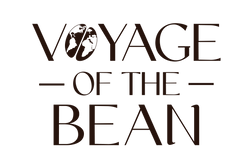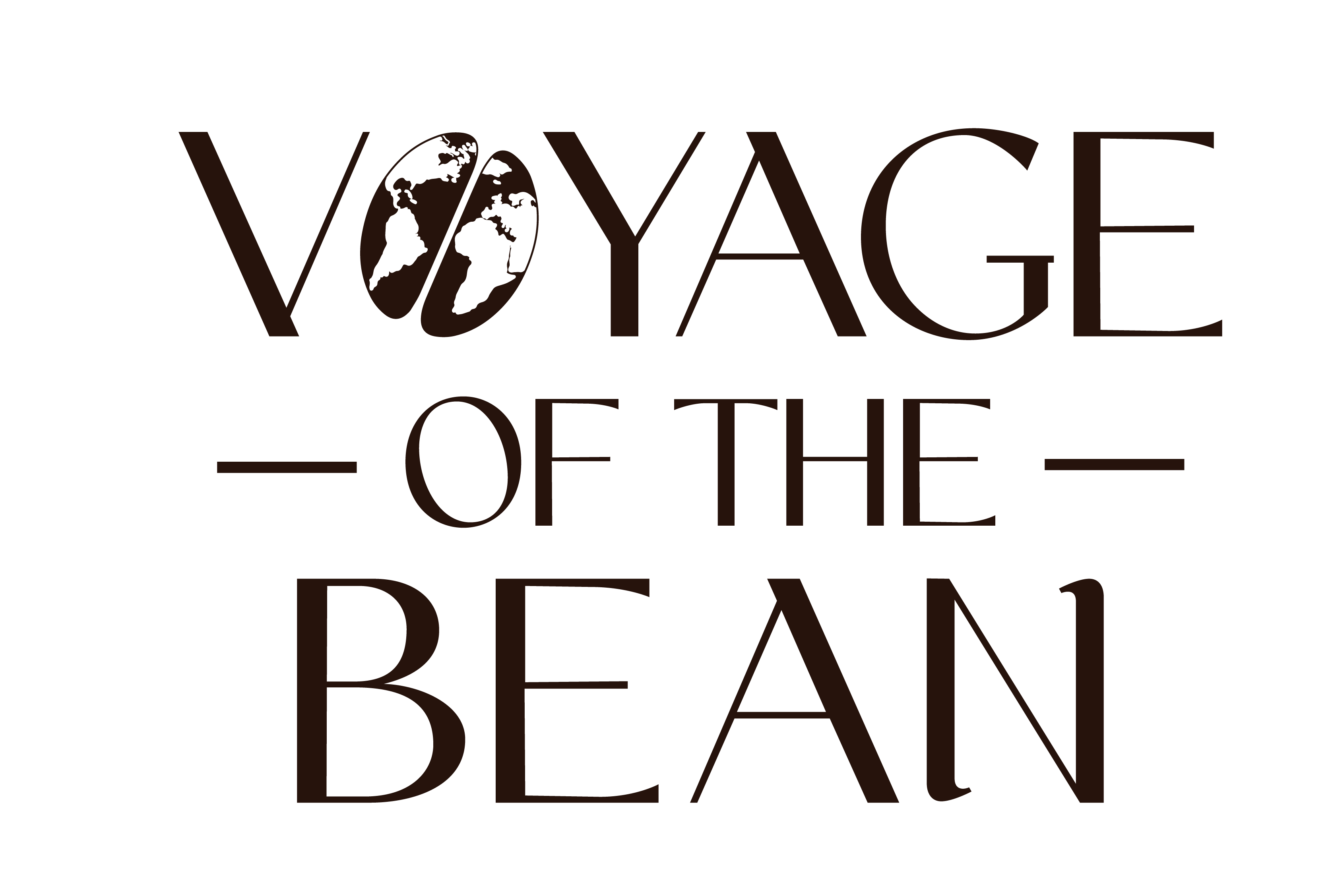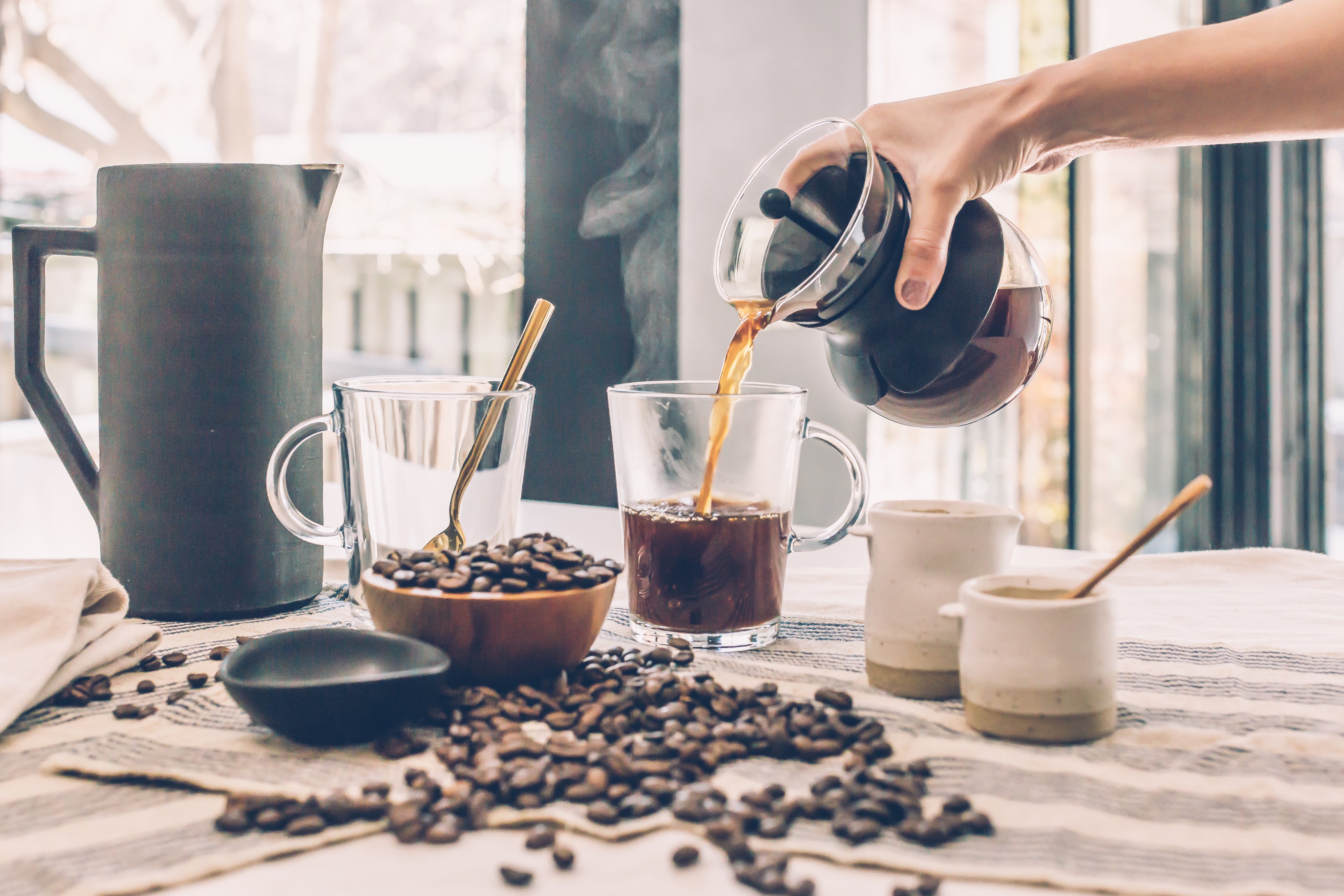1. The Bean: It All Starts Here
The journey to the perfect brew begins with the coffee bean itself. Here are some key factors that affect flavor:
Origin Matters
Coffee beans are shaped by their environment—altitude, soil, and climate all contribute to their flavor profile.
- Ethiopian beans tend to be bright and floral.
- Colombian beans are known for their smooth, nutty taste.
- Brazilian beans offer deep chocolatey notes.
Freshness is Key
Coffee begins to lose its complexity within weeks of roasting. That’s why we always recommend using fresh, whole beans and grinding just before brewing to preserve the volatile aromatic compounds that make your coffee taste incredible.
2. The Grind: Finding the Sweet Spot
Grinding your coffee correctly is one of the most important factors in brewing. The size of your grind determines how quickly water extracts the flavors from the coffee.
- Espresso: Fine grind (like table salt) for rapid extraction under high pressure.
- Pour-over (V60, Chemex): Medium grind (like sand) for an even, controlled flow.
- French Press: Coarse grind (like sea salt) to prevent over-extraction.
🔬 The Science: A finer grind means more surface area, which leads to faster extraction. Too fine, and you risk bitterness; too coarse, and your coffee may taste weak and underdeveloped.
3. The Water: The Unsung Hero of Coffee
Did you know that coffee is 98% water? Using the right water makes a huge difference in taste.
Water Temperature
The optimal water temperature for brewing coffee is 195-205°F (90-96°C). Water that’s too hot can scorch the grounds, leading to bitterness. Too cold, and the flavors won’t fully extract, resulting in a weak brew.
Water Quality
Tap water often contains minerals or chlorine that can alter coffee’s taste. The best coffee comes from filtered or soft water with a balanced mineral content.
🚀 Pro Tip: If your coffee tastes “flat” or “dull,” your water might be the culprit. Try using filtered or spring water for a noticeable improvement.
4. The Brew Method: Choosing Your Style
Different brewing methods highlight different aspects of coffee. Here’s how to choose the right one for your taste:
Pour-Over: Precision and Clarity
The pour-over method (V60, Chemex) allows for total control over extraction, emphasizing bright, clean flavors.
- Best for: Light and medium roasts with fruity or floral notes.
- Pro tip: Pour in slow, circular motions for even extraction.
French Press: Full-Bodied and Bold
French press coffee is immersed in water before being pressed through a metal filter, creating a rich, full-bodied brew.
- Best for: Dark roasts and deep chocolatey flavors.
- Pro tip: Steep for exactly 4 minutes to avoid over-extraction.
Espresso: Intense and Concentrated
Espresso is made by forcing hot water through finely ground coffee at high pressure, creating a bold, syrupy shot.
- Best for: Strong, rich flavors with crema.
- Pro tip: A perfect shot pulls in 25-30 seconds.
Cold Brew: Smooth and Low-Acidity
Cold brew is made by steeping coarse coffee grounds in cold water for 12-24 hours. The result? A naturally sweet, smooth coffee with low acidity.
- Best for: Iced coffee lovers.
- Pro tip: Use a 1:4 coffee-to-water ratio for a perfect balance.
5. The Golden Ratio: Getting the Right Balance
Even with the best beans, grind, and water, getting the right coffee-to-water ratio is crucial.
A good starting point is:
☕ 1:16 ratio – 1 gram of coffee per 16 grams of water (or 1 tablespoon coffee per 6 ounces of water).
Want a stronger cup? Use a 1:15 ratio. Prefer it milder? Go for 1:17.
📏 Experiment with ratios to find your perfect brew!
6. Brew Time: Timing is Everything
Different brewing methods require different contact times between water and coffee.
⏳ General brew times:
- Espresso: 25-30 seconds
- Pour-over: 2.5-3.5 minutes
- French Press: 4 minutes
- Cold Brew: 12-24 hours
Too short, and the coffee will taste weak and sour. Too long, and it becomes over-extracted and bitter.
7. The Final Touch: Enjoying the Experience
At Voyage of the Bean, we believe that the perfect cup of coffee is more than just a science—it’s an experience. Take a moment to smell the aroma, sip slowly, and appreciate the flavors that unfold with each brew.
Coffee is a journey, and every cup tells a story. By mastering these scientific principles, you can ensure that your coffee tastes as incredible as its origins.
So, what’s your favorite brewing method? Have you experimented with different grind sizes, water temperatures, or ratios? Drop us a comment below and share your coffee discoveries!



